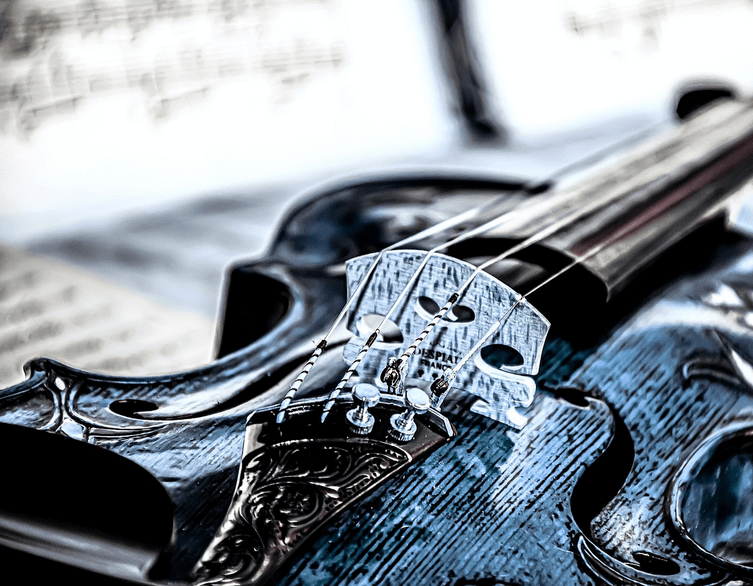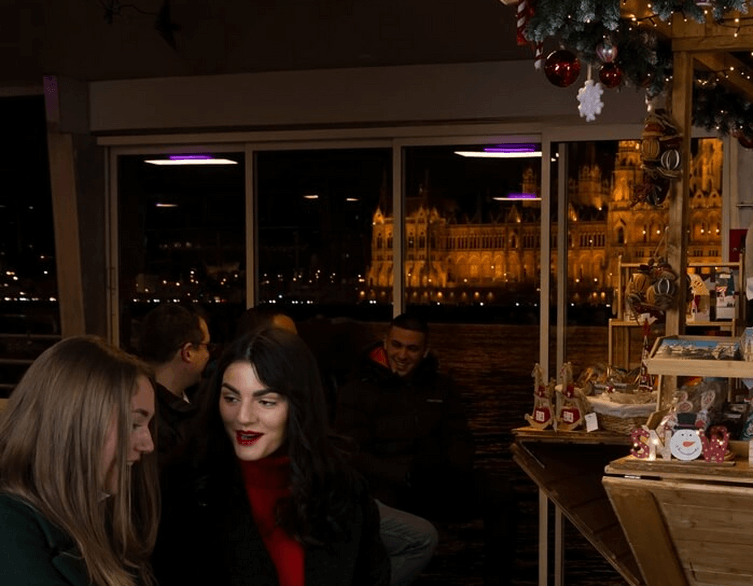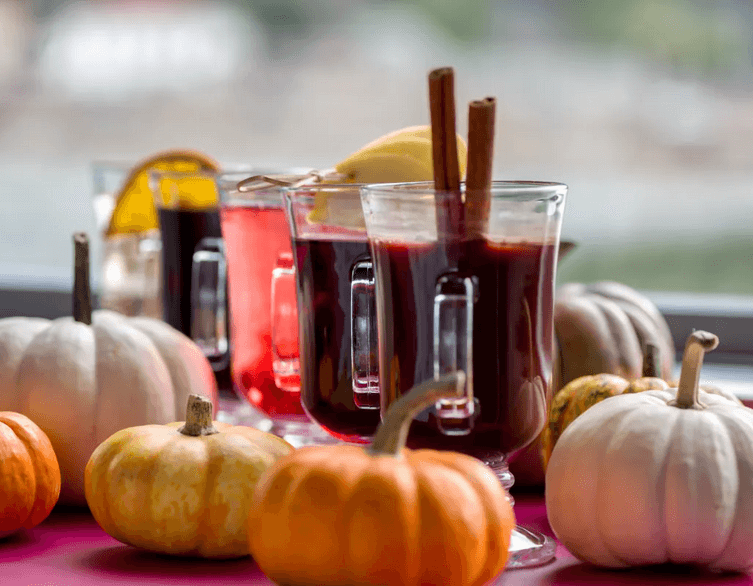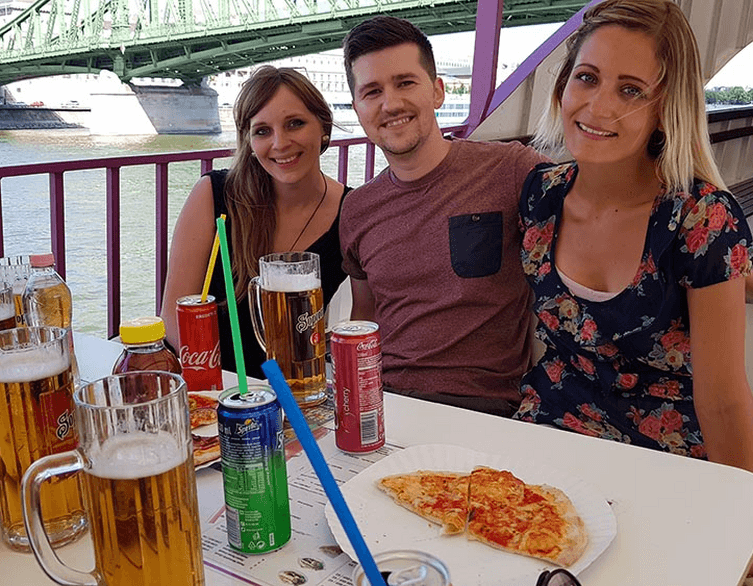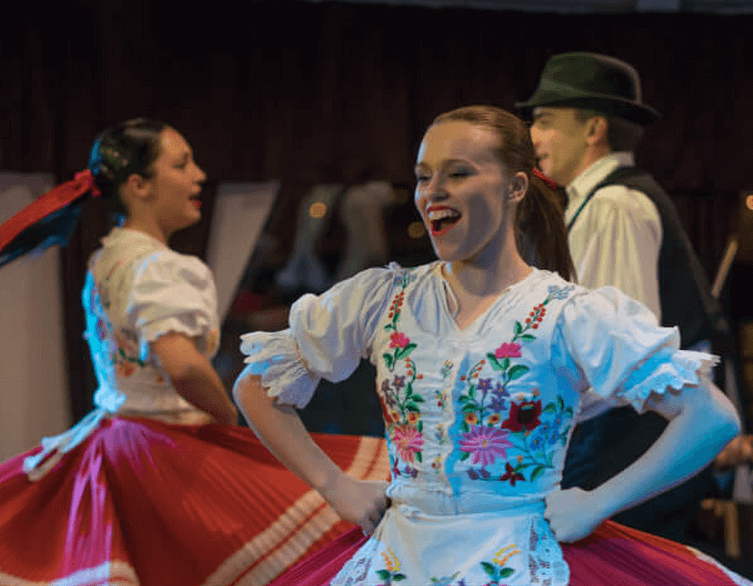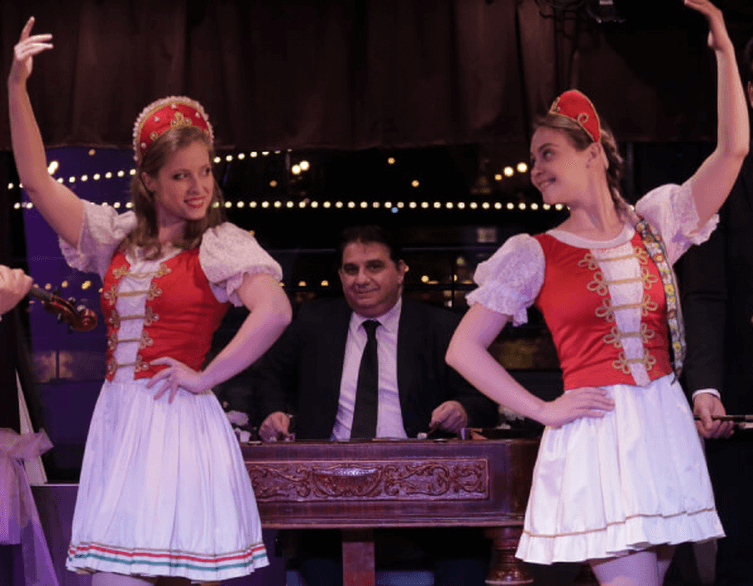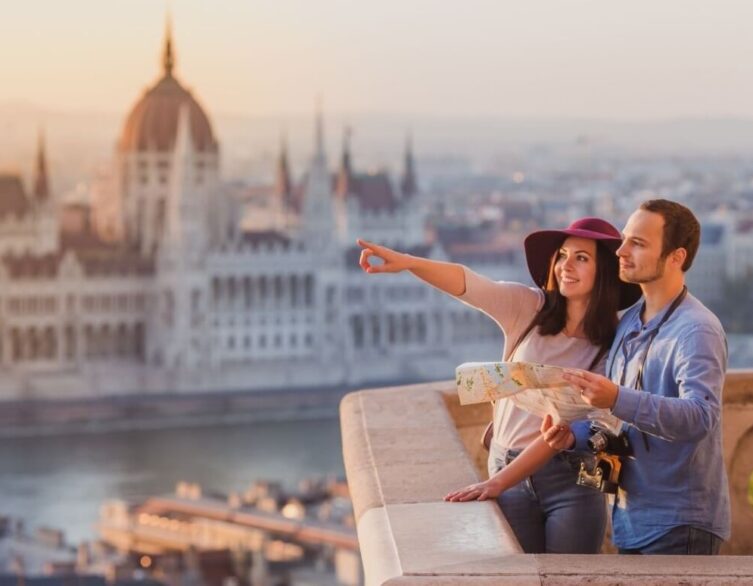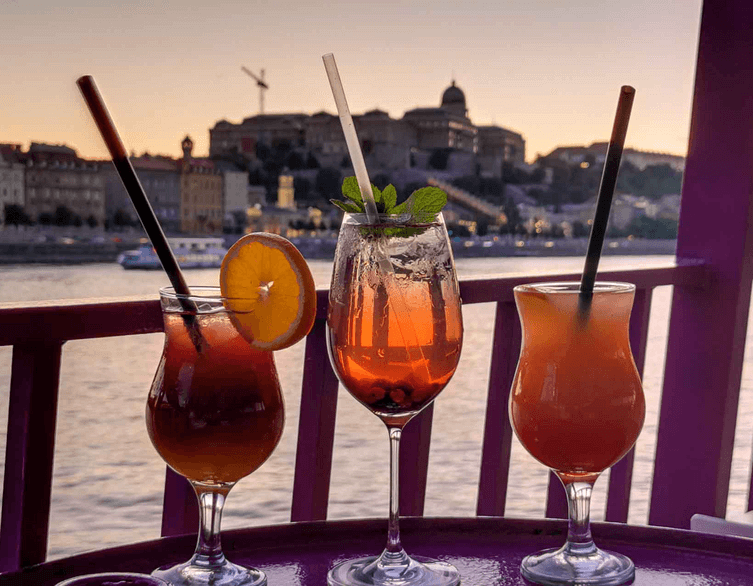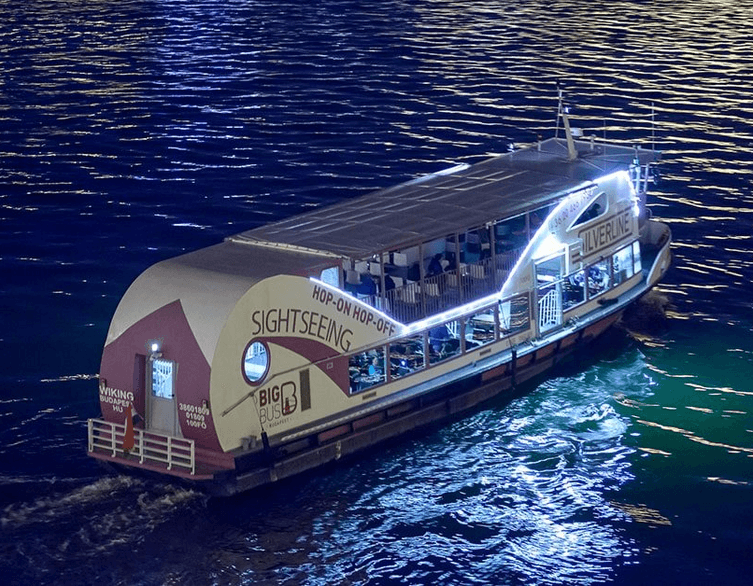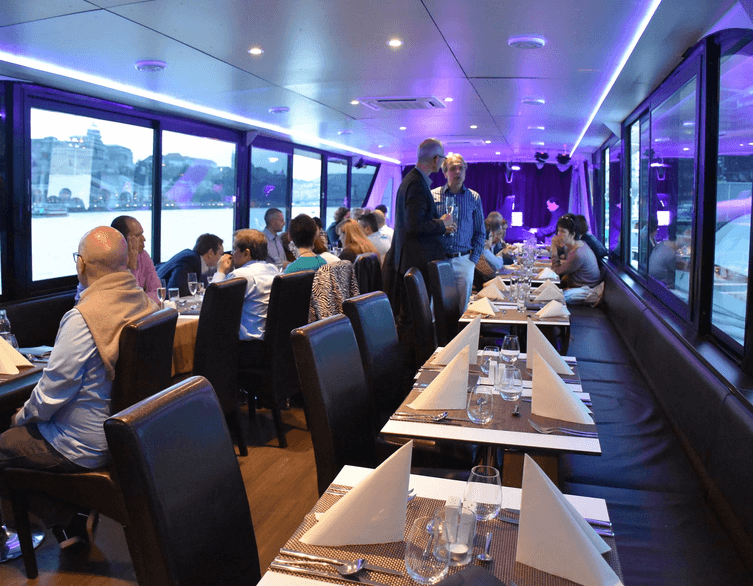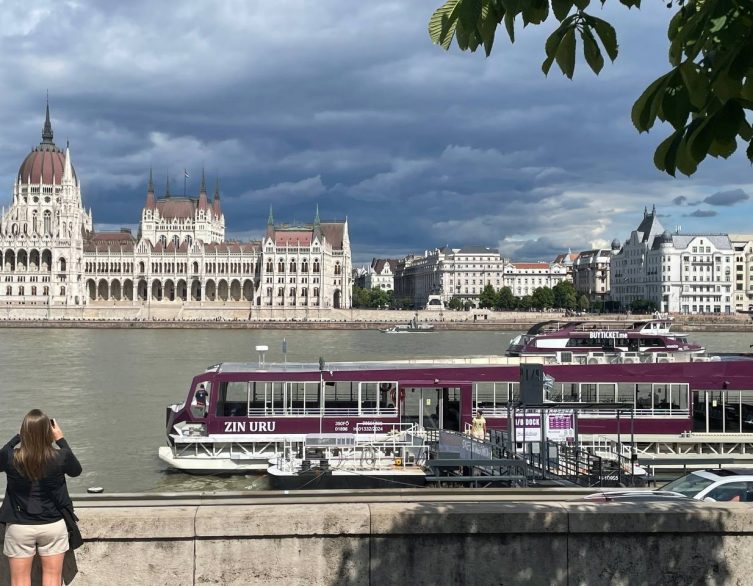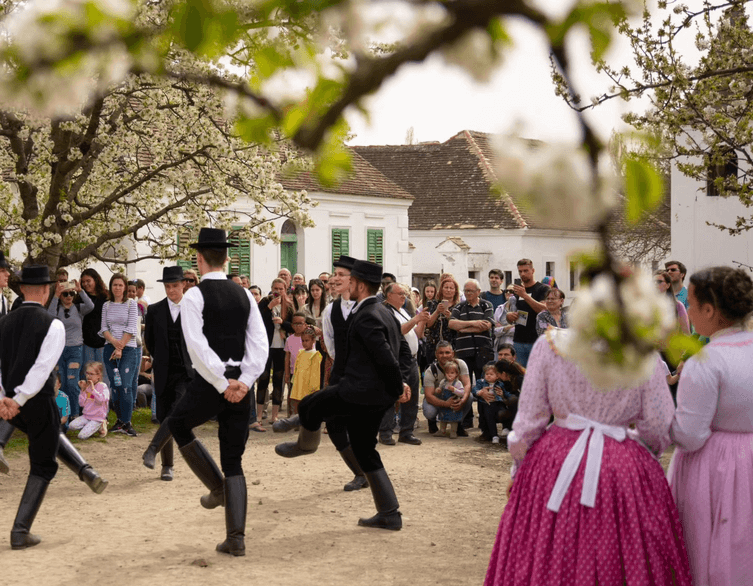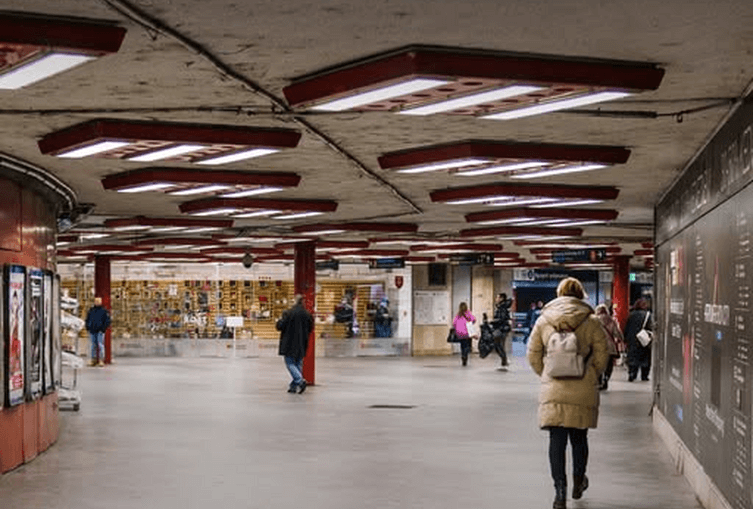“Europeanness – from a Central and Eastern European Perspective” Exhibition in Budapest
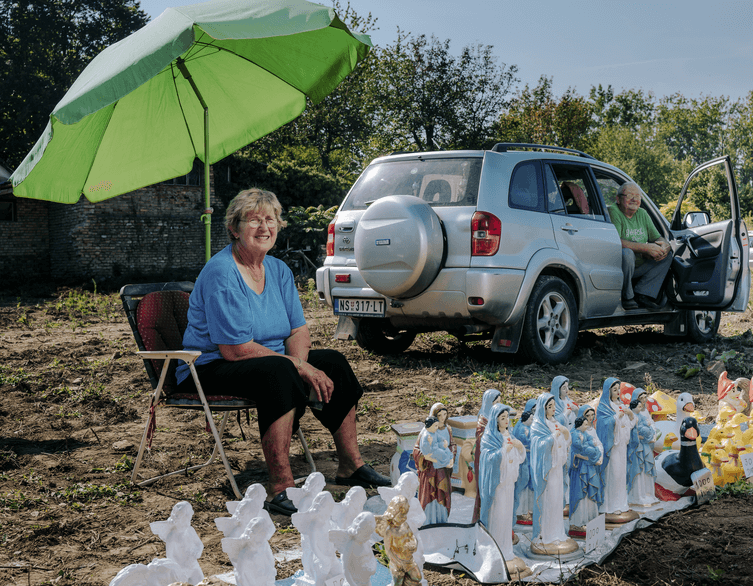
The Robert Capa Contemporary Photography Center in Budapest is hosting an exhibition titled “Europeanness – from a Central and Eastern European Perspective,” reflecting on European identity through the works of Hungarian and Polish photographers, as seen from a Central and Eastern European viewpoint. The exhibition opened on February 12, 2025, and will be on view until March 30.
Background and Context
The exhibition is particularly relevant as Hungary held the rotating presidency of the European Union in the second half of last year, while Poland holds it in the first half of this year. This timing provides a unique opportunity to explore the perspectives of these Central and Eastern European nations on the broader concept of “Europeanness.”
Participating Artists and Curatorial Approach
The Capa Center exhibition showcases the work of 12 artists: six Hungarian and six Polish, including two artistic groups from each country. The curators, Wiktoria Michalkiewicz (PL, REZO Agency) and Mucsi Emese (HU, Capa Center), have organized the exhibition into six sections, each featuring the works of a Hungarian and a Polish photographer. These works explore the concept of Central and Eastern Europeanness with a positive connotation.
István Virágvölgyi, the professional director of the Capa Center, noted that the shared history arising from geographical proximity has shaped the peoples living in the region similarly. These people are connected not by blood but by their historical fate, which makes their experiences and strategies very similar. The exhibition reveals many common points in the works of contemporary artists, showcasing a similar way of thinking.
Best deals of Budapest
Themes and Perspectives
The exhibition seeks to answer key questions: How can Central and Eastern Europeanness be defined? What characteristics connect the people living there with a shared history? How are these experiences channeled into the experience of Europeanness? How is European integration affecting the region today, and what examples exist of international cooperation? How do these processes affect the world around us and the artistic-photographic practices that deal with its phenomena, effects, and related feelings and problems?
The exhibition critically examines both Europeanness and the representation of Central and Eastern Europeanness. It aims to avoid viewing the works through a Western European lens as a kind of Central and Eastern European exoticism, and instead encourages reflection on the essence of Europeanness within its own culture.
Exhibition Highlights
The exhibition is divided into three rooms, with works grouped by theme.
- Room 1: Features the Lost Territories series by Sputnik Photos, reflecting on the change of regime and the socialist legacy. Also included is a selection from Pictorial Collective’s People of Petőfi Streets, a collection of socio-photographs of Hungarians living or working on streets named after Petőfi. Katarina Kouzmitcheva’s Betonium explores the aesthetics of panel apartments and concrete urban areas. Júlia Standovár’s Kinky Concrete presents a playful take on concrete, creating erotic associations with photographic objects. Szabolcs Barakonyi’s Kösz, jól! reflects the Hungarian countryside with a grotesque, magical quality, and Ada Zielinska’s The Pyromaniac’s Handbook features the artist posing with a burning car, humorously playing on Central and Eastern European humor and a popular TikTok trend.
- Room 2: Focuses on female identity, with works by Horváth Anita and Ilona Szwarc. Szwarc’s I am a Woman and I Live on Memories dominates the theme of female aging, while Horváth’s You Are Not That depicts the complexity of female Roma identity.
- Room 3: Explores post-nostalgia through the works of Karolina Wojtas and Éva Szombat. Wojtas’s photographs feature Polish objects from the 80s and 90s, while Szombat presents pieces from her Echo in Delirium exhibition, questioning why young people today are nostalgic for the aesthetics and fashion of the 90s, even if they have no experience of that era. The photographer suggests that the economic crisis following the pandemic and war conflicts has led to a longing for a time before 2020. The final section focuses on spirituality, featuring works by Zsuzsi Simon and Agnieszka Sejud. Simon’s And We Still Live On depicts her and her mother and grandmother carving and ritually burning brooms while recounting their traumatic relationships. Sejud’s Hoax critiques the Catholic Church and the Polish government.
Accompanying Programs
- British Journal of Photography Feature: The upcoming issue of the British Journal of Photography will dedicate 50 pages to the project at the Capa Center and the photographic scene in Poland and Hungary. The issue will be presented at the Capa Center on March 28.
- Budapest Portfolio Review Days: Taking place on March 28 and 29 at the Capa Center.
- International Conference: A conference on “Europeanness – from a Central and Eastern European Perspective” will be held on March 27 at the Polish Institute in Budapest, with curators and photography experts.
- Satellite Exhibition: A satellite exhibition will be on view at the Polish Institute in Budapest, featuring a solo exhibition by Lia Dostlieva, a Ukrainian artist living in Poland, opening on March 27.
Conclusion
Overall, the exhibition highlights a positive trend in regional photography, with artists creatively and sensitively portraying contemporary Central and Eastern European reality. It helps to fill the Central and Eastern European label with meaning again, allowing those who have negatively associated the term with the socialist legacy to integrate both the past and nostalgia for it, as well as the present, into their thinking.
Image source: Robert Capa Contemporary Photography Center
Related news
Related events

